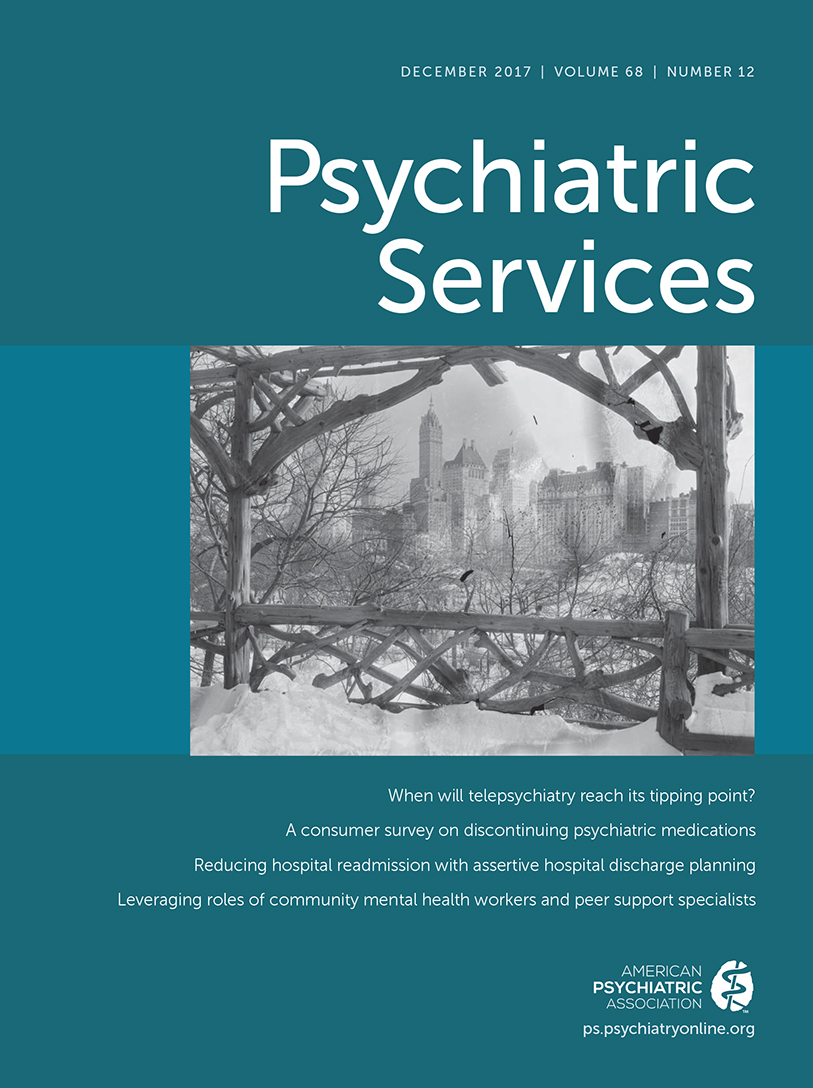Adverse Childhood Experiences and the Risk of Criminal Justice Involvement and Victimization Among Homeless Adults With Mental Illness
Abstract
Objective:
Exposure to adverse childhood experiences (ACEs) is highly prevalent among homeless individuals and is associated with negative consequences during homelessness. This study examined the effect of ACEs on the risk of criminal justice involvement and victimization among homeless individuals with mental illness.
Methods:
The study used baseline data from a demonstration project (At Home/Chez Soi) that provided Housing First and recovery-oriented services to homeless adults with mental illness. The sample was recruited from five Canadian cities and included participants who provided valid responses on an ACEs questionnaire (N=1,888).
Results:
Fifty percent reported more than four types of ACE, 19% reported three or four types, 19% reported one or two, and 12% reported none. Rates of criminal justice involvement and victimization were significantly higher among those with a history of ACEs. For victimization, the association was significant for all ten types of ACE, and for justice involvement, it was significant for seven types. Logistic regression models indicated that the effect of cumulative childhood adversity on the two outcomes was significant regardless of sociodemographic factors, duration of homelessness, and psychiatric diagnosis, with one exception: the relationship between cumulative childhood adversity and criminal justice involvement did not remain significant when the analysis controlled for a diagnosis of posttraumatic stress disorder and substance dependence.
Conclusions:
Findings support the need for early interventions for at-risk youths and trauma-informed practice and violence prevention policies that specifically target homeless populations.




